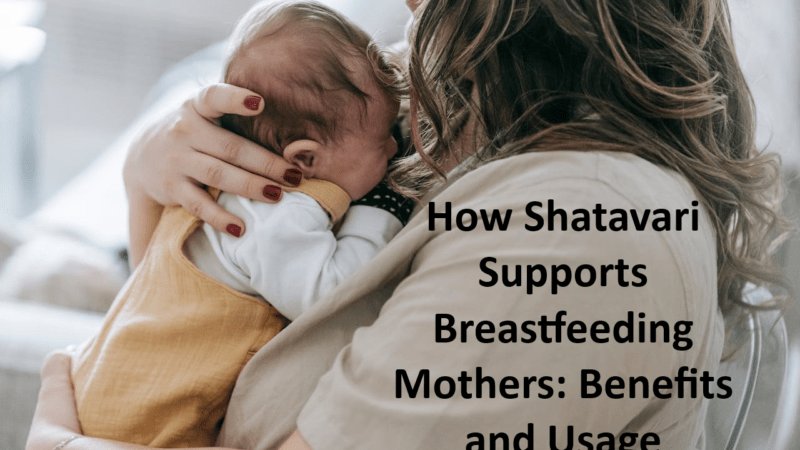Bridging the Women’s Health Gap

In the realm of healthcare, a stark gender gap persists, leaving women underdiagnosed and underserved in critical areas. Recent studies and initiatives shed light on this disparity, unveiling profound implications for women’s well-being and society at large.
Research from Denmark exposed a troubling trend: women, on average, receive diagnoses for various health conditions years later than men. For instance, diabetes diagnosis in women lags by four and a half years, while cancer detection occurs two and a half years later than in men. These discrepancies suggest a blend of genetic, environmental, and potentially biased factors at play.
Caroline Criado Perez’s groundbreaking book, “Invisible Women,” unveiled systemic biases in medical research, highlighting the dire consequences. Shockingly, men outnumber women 3:1 in congestive heart failure trials over 15 years, reflecting an alarming neglect of women’s health data. The repercussions are dire: women face more years in poor health and early death.
The COVID-19 pandemic further exposed vulnerabilities, disproportionately affecting women’s access to healthcare. Against this backdrop, the World Economic Forum’s Global Alliance for Women’s Health emerged at Davos, aiming to reshape funding and priorities to tackle the women’s health gap.
Why does this matter? Beyond ethical concerns, the economic impact is staggering. Closing this gap could yield a $1 trillion boost by 2040, driven by fewer health conditions and increased female participation in the economy.
However, the road ahead is challenging. Only 1% of healthcare research beyond oncology targets female-specific conditions, reflecting a critical gap in our understanding of women’s health needs.
Consider the underdiagnosis of critical conditions:
- Heart Attack: Women receive fewer diagnostic tests and treatments after heart attacks, leading to poorer outcomes.
- Endometriosis: Often misdiagnosed or ignored, this condition affects millions of women globally, with significant delays in diagnosis, particularly for Black women.
- Autism: Girls are often diagnosed later due to atypical symptoms, leading to mental health challenges in adulthood.
- ADHD: Frequently underdiagnosed in women, symptoms differ from stereotypical presentations, impacting timely interventions.
- Autoimmune Conditions: Predominantly affecting women, autoimmune diseases take years to diagnose, pointing to an urgent need for targeted research.
These narratives underscore the urgency of gender-sensitive healthcare policies and research. Sex-specific data must drive interventions to ensure equitable health outcomes for all.
Also Read; Seniors’ Health Concerns: Burden of Financial Worries
Ultimately, addressing the women’s health gap requires a multifaceted approach: increased research funding, heightened awareness, and policy reforms grounded in sex-specific data. It’s time to bridge this divide, not just for women today but for generations to come. The health of our society depends on it.
Q&A
Q1: Why are women often diagnosed later than men for certain health conditions?
A: Several factors contribute to this delay, including historical biases in medical research that primarily focused on male physiology. Additionally, symptoms of certain conditions may manifest differently in women, leading to misdiagnosis or underdiagnosis. Gender norms and societal expectations can also influence how women seek and receive healthcare.
Q2: How does the underdiagnosis of conditions like heart disease and endometriosis impact women’s health outcomes?
A: Delayed diagnosis can result in poorer health outcomes for women. For example, women experiencing a heart attack may not receive timely interventions like coronary angiograms, increasing their risk of complications or death. Similarly, women with endometriosis often face years of pain and uncertainty before receiving a proper diagnosis, impacting their quality of life and fertility.
Q3: What role does research play in addressing women’s health disparities?
A: Research is critical in understanding the unique health needs and challenges faced by women. By conducting sex-specific studies and collecting gender-disaggregated data, researchers can uncover patterns, develop targeted interventions, and advocate for policy changes to improve women’s health outcomes.
Q4: How can healthcare systems become more gender-sensitive?
A: Healthcare systems can enhance gender sensitivity by promoting diversity and inclusion in research and clinical trials, training healthcare providers to recognize and address gender biases, and implementing guidelines that prioritize women’s health needs. Patient education and empowerment are also vital in fostering a more equitable healthcare environment.
Also Read: Guide to Transdermal Patches for Chronic Pain Relief in Women’s Health
Q5: What can individuals do to advocate for better women’s health outcomes?
A: Individuals can advocate for better women’s health outcomes by raising awareness about gender disparities in healthcare, supporting organizations that prioritize women’s health research and advocacy, and actively engaging with healthcare providers to ensure their needs are met. By amplifying women’s voices and experiences, individuals can contribute to systemic change in healthcare.










